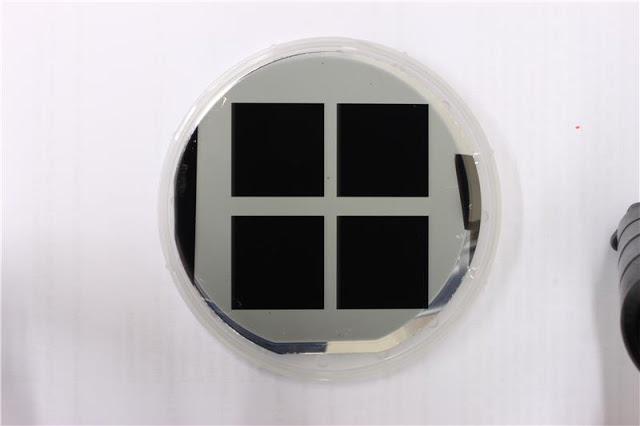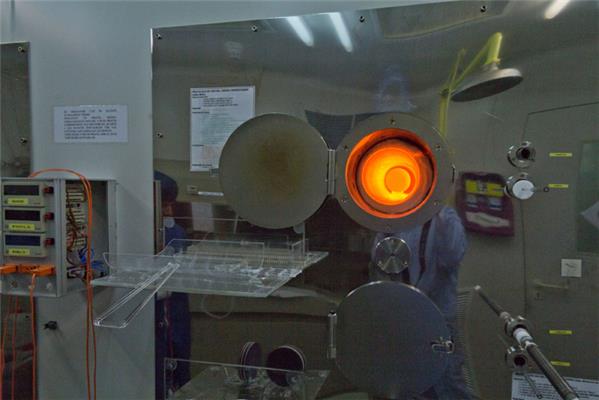| Online: | |
| Visits: | |
| Stories: |

| Story Views | |
| Now: | |
| Last Hour: | |
| Last 24 Hours: | |
| Total: | |
Solar Cells Reach Record Energy Performance of 22%
Solar cells are the main element of solar panels, which are installed to capture sunlight and produce electricity from it. Generally, to ensure that they reflect as little light as possible and thus prevent energy loss, solar cells are textured using an alkaline bath that forms a rough surface on which pyramids are randomly distributed. This technique makes the cells thicker because it consumes a significant amount of silicon in the process. Black silicon, however, allows very thin silicon cells to be used, lowering production costs and saving silicon.
An added advantage achieved by researchers from the UPC and Aalto University in Finland is that, given the ability of black cells to capture solar radiation from lower angles, more electricity can be generated during a longer period throughout the day compared with traditional cells. In Finland this feature is very important, because the sun shines from a low angle for most of the year and it has been demonstrated that cells made with black silicon generate more electricity than traditional cells that have the same degree of efficiency.
According to the UPC researcher Pablo Ortega, “within about three to four years it will be feasible to apply black silicon in the solar panel industry and the market in general.”
Contacts and sources:
Universitat Politècnica de Catalunya (UPC)
Citation: Nature Nanotechnology. Black silicon solar cells with interdigitated back-contacts achieve 22.1% efficiency. Hele Savin, Päivikki Repo, Guillaume von Gastrow, Pablo Ortega, Eric Calle, Moises Garín and Ramon Alcubilla. (2015) DOI: doi:10.1038/nnano.2015.89Published online18 May 2015
http://www.nature.com/nnano/journal/vaop/ncurrent/full/nnano.2015.89.html
Source: http://www.ineffableisland.com/2015/06/solar-cells-reach-record-energy.html





